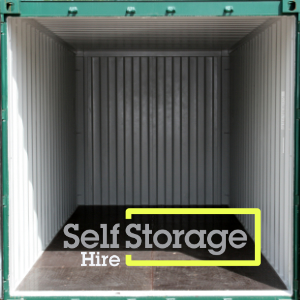There are several ways you can reduce condensation in a shipping container:
- Choose a Container with Insulation/spray-coat on the ceiling: Insulating the container can help to keep the temperature inside the container more consistent, which can help to reduce condensation. We use a mixture of GrafoTherm coating, insulation boards and foil to eliminate ceiling condensation. All our storage units come with this as standard. See images below.
- Moderate the container temperature changes: If the temperature inside the container fluctuates significantly, from hot to cold it can cause condensation to form. To help reduce this we have left trees around the facility and are installing solar panels which provide shade for the roofs.
- Ventilate the container: Proper ventilation will help to circulate air inside the container, which can help prevent condensation from forming. You can install vents or windows in the container to allow for proper ventilation. All units we offer are well ventilated.
- Use a dehumidifier: Dehumidifiers can help to remove excess moisture from the air, which can help to reduce condensation in the container. These can be purchased from most supermarkets.
- Try to store items in containers that are not prone to attracting moisture, such as cardboard boxes. Choose instead plastic boxes or bags.
- Avoid bringing anything into your container that may be holding moisture such as garden, furniture, hosepipes not drained or grass in a mower box.






